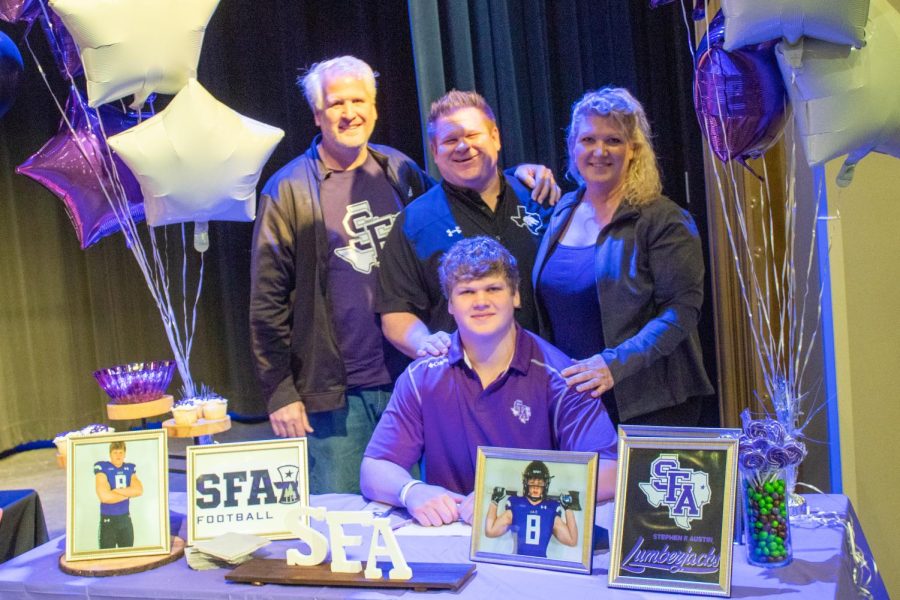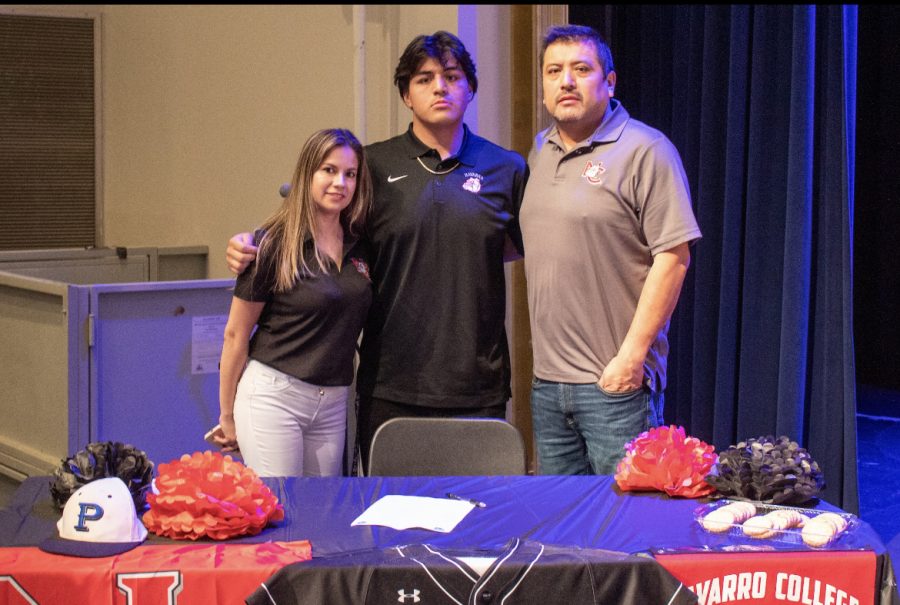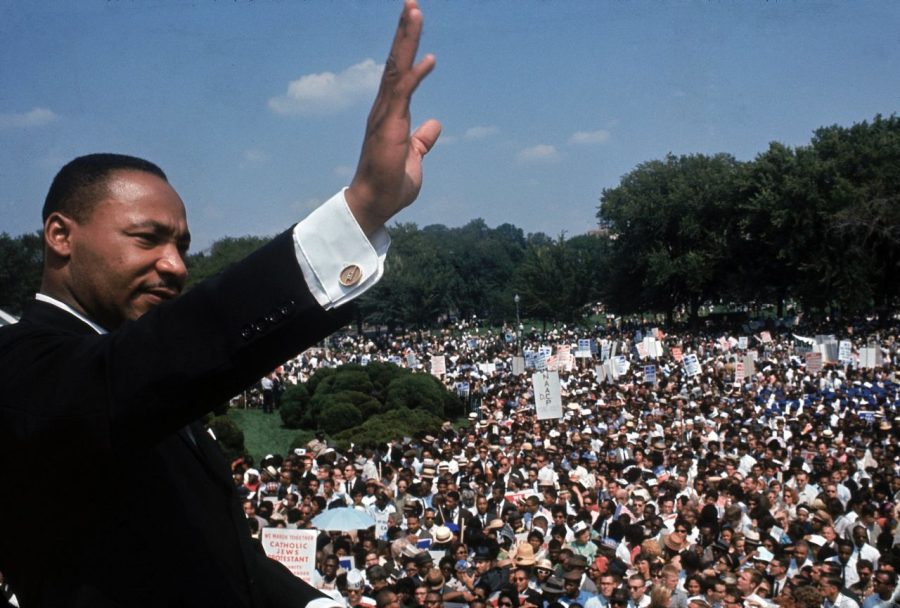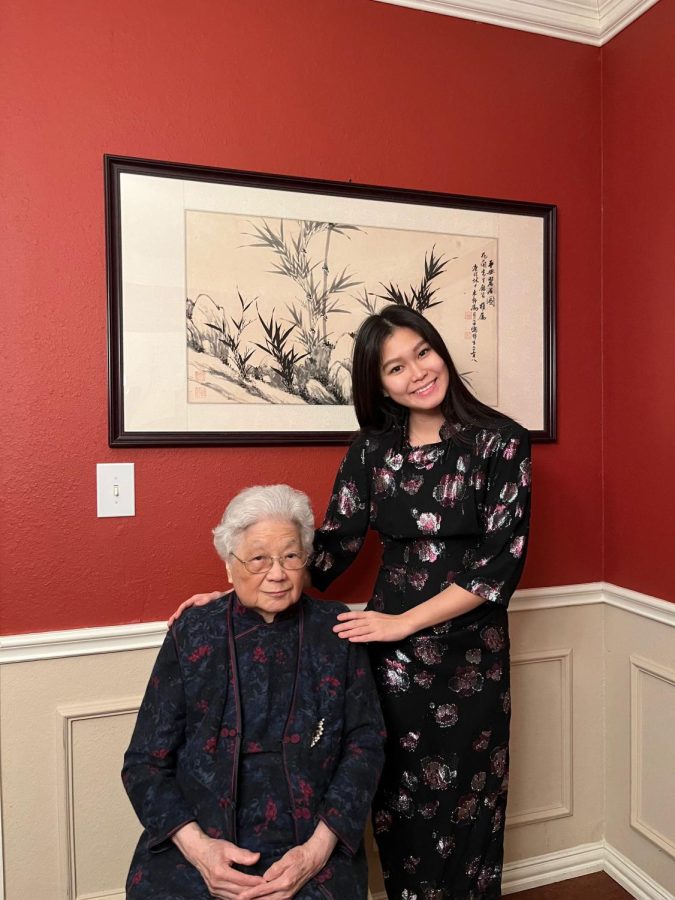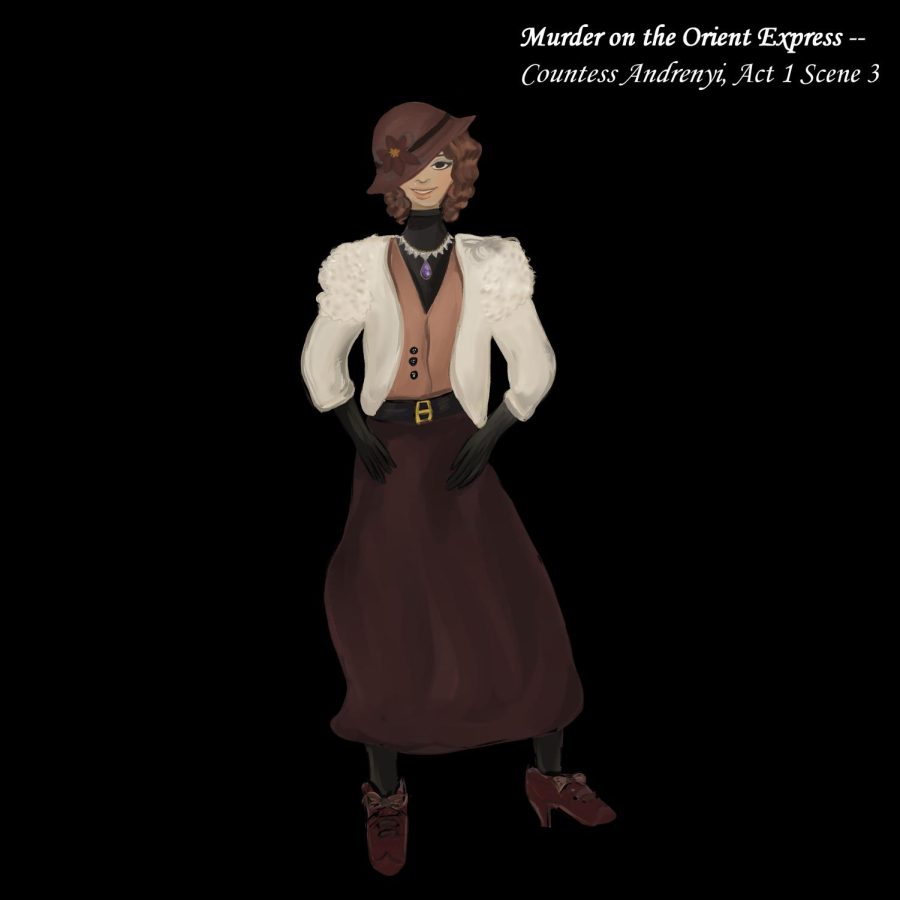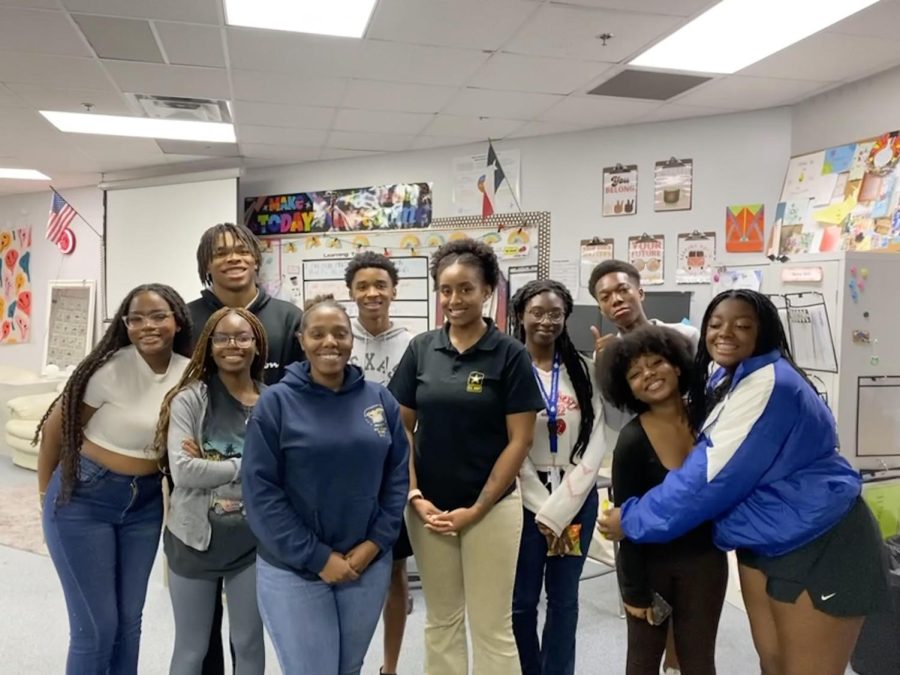A college mailing sent to high school juniors across the nation from Tulane University in New Orleans reads, “And when you log on to the above website today, I’ll send you ‘Acceptance Starts Today: 7 Steps to Getting Into Any Great College.’ This free guide is designed to help motivated students like you…”
Similarly, a letter from Northeastern University in Boston says, “When you take a look at ‘Portrait of a High Achiever’, I’ll also mail you more insider tips- ‘The Smart Student’s Guide to Choosing the Right College,’ yet another tool to help you…”
Both letters are signed by their respective Deans and Directors of Admissions, yet the resemblance between the two is striking. The formation of the letters is also exactly alike: university logo in the top left corner, website to log onto to claim the guide in the top right, then the body of the letter and signature.
The similarities do not end on that page. Both letters contain a second sheet, where prospective students can fill in their information and send it back in an included envelope to receive their guide. However, neither reply-envelope is sent to the college itself. Both are sent to post office boxes in the same zip code in Akron, Ohio.
Tulane and Northeastern are not the only universities using college marketing and data analysis services. Iowa State University, New York University, University of Denver and University of Chicago also have all their replies sent to Akron, Ohio, while Southern Methodist University employs a company in Washington D.C. Some colleges, like Case Western Reserve University, have business reply envelopes sent to post office boxes in several different cities- though none in Cleveland, where the school is located. Scannell & Kurtz, a higher education consulting firm, openly publishes their list of clients, which includes the University of North Carolina Chapel Hill and the State University of New York System.
Making use of these professional sources is not at all bad; just like students go to SAT or ACT prep classes to learn the tricks of the test, colleges can use data and strategies collected by companies to raise interest in their school. Some companies and graphic design firms work with the college to create entertaining and informative mailings. Others have a range of mailings that are sent to different people based on interest level. However, when nearly identical letters are sent out from different colleges, readers have to wonder how much is actually coming from the college and how much the letters are just fill-in-the-blank forms produced by third parties.
As students compete for a few coveted spots at colleges, it is frustrating to see colleges cutting corners when it comes to reaching out to prospective students. The college expects students to spend effort and time keeping their grades up, preparing for the SAT or ACT, making sure to volunteer and be involved with a variety of extracurricular activities. Yet when it comes to recruiting, many colleges do not reciprocate this effort. While a college may lose money on consulting fees, the letters are produced quickly and impersonally.
Most students receive hundreds of these letters and brochures, so to stand out from the rest, a mailing needs to be interesting, colorful and well-thought out; a mass-produced “form letter” is not only boring, it is so generic as to cheapen the college’s image.



